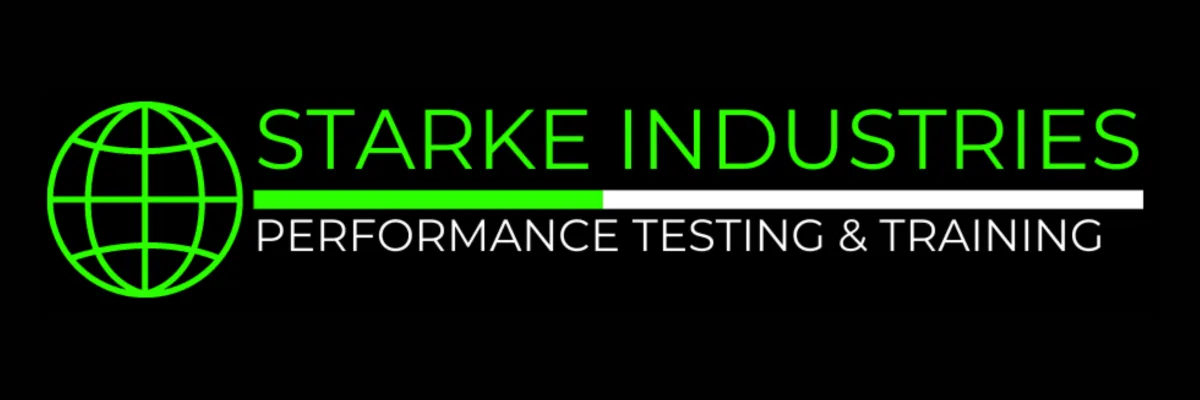
Why Breath Is the Secret Weapon in Performance
You train your body.
You train your mind.
But are you training your breath?
Paul Chek’s second pillar, Breath, isn’t just about staying alive.
It’s about how you regulate stress, boost endurance, and sharpen recovery.
Let’s break this down — and pull in key lessons from Shift/Adapt and Oxygen Advantage.
Paul Chek: Breath as a Foundation
Paul Chek teaches that breath is how you connect your mind and body.
It’s automatic — but also trainable.
Breath affects:
Nervous system state (fight-or-flight vs. rest-and-digest)
Muscle tension and control
Endurance and recovery
Example:
An athlete who mouth-breathes under stress burns energy faster.
An athlete who nose-breathes under control stays efficient, focused, and calm.
Shift/Adapt: Breathing to Handle Stress
Shift/Adapt teaches athletes to use breathing as a stress regulator.
When under pressure, you can:
Slow your exhale to signal safety.
Use nasal breathing to lower heart rate.
Apply recovery breaths post-training to speed up recovery.
Example practice:
After a hard sprint set →
Sit or lie down.
Inhale through nose (4 sec), exhale slow (6–8 sec), pause 2 sec.
Repeat for 2–3 minutes.
Result: Faster drop in heart rate and nervous system reset.
Oxygen Advantage: Breathing for Performance Gains
Patrick McKeown’s Oxygen Advantage goes deeper into nasal breathing, CO₂ tolerance, and efficiency.
Key points you can apply:
Nasal breathing improves oxygen delivery.
Mouth breathing lowers CO₂ too fast, reducing oxygen release to muscles.Breath holds build CO₂ tolerance.
Higher CO₂ tolerance = better endurance, less fatigue.Slow, light breathing at rest improves recovery and sleep.
Example CO₂ tolerance drill:
Exhale gently.
Hold breath on empty.
Time how long until you feel a medium urge to breathe.
Repeat 3–5 rounds.
Practical Steps You Can Use Today
1. Train Nose Breathing During Easy Workouts
Example: Easy runs, warm-ups, cool-downs.
2. Use Recovery Breaths Post-Session
Inhale nose, long exhale mouth, pause. Repeat 2–3 min.
3. Build CO₂ Tolerance
Include breath holds or walking breath-hold drills.
4. Check Your Daytime Breath
Notice: Are you chest-breathing all day? Shift to light, slow belly breaths.
What the Research and Practice Show
Nasal breathing reduces perceived exertion and improves endurance.
Slow exhale breathing activates the vagus nerve, calming the nervous system.
Athletes with better CO₂ tolerance show higher resilience under fatigue.
Final Question for You
When will you start training your breath — not just your body?
Want More?
Share this post with a teammate or coach.
Performance isn’t just strength or speed — it’s how you breathe under pressure.



